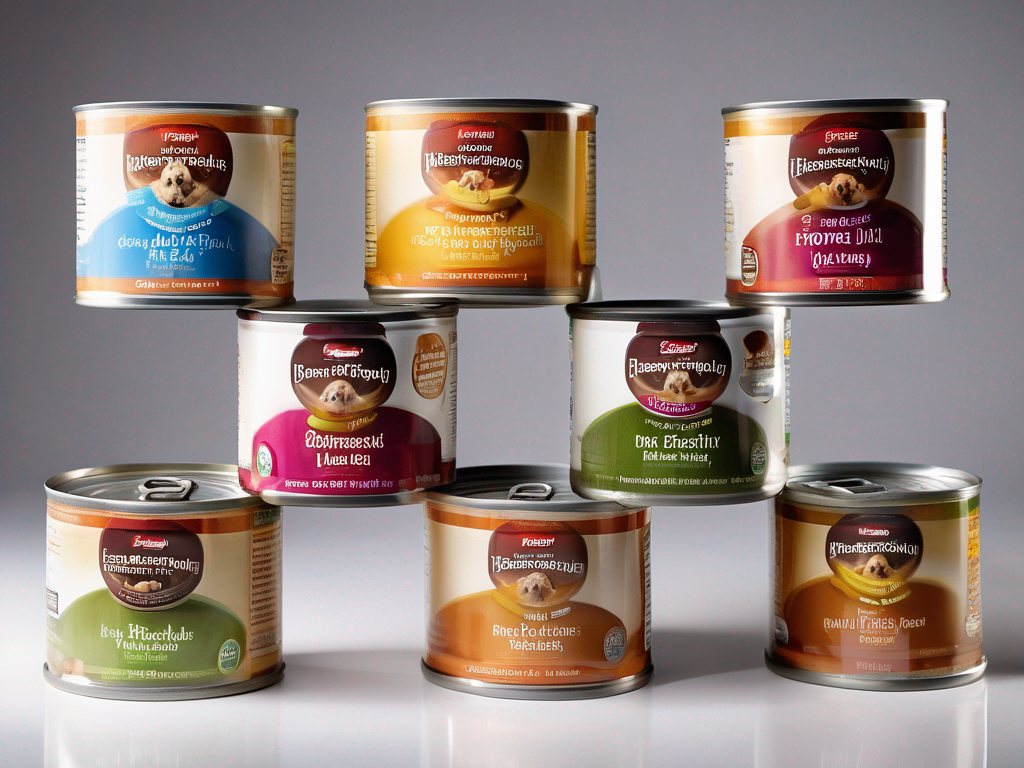
How to Properly Store Opened Canned Dog Food to Extend Freshness
Get Your Free Food Safety Cheat Sheet
30 most common foods with instant answers. Print it and stick it on your fridge—completely free!
How to Properly Store Opened Canned Dog Food to Extend Freshness
As pet owners, we want to provide our furry friends with the best nutrition possible. Canned dog food is a convenient and nutritious option for our canine companions. However, once you open a can of dog food, proper storage is essential to maintain its freshness and prevent spoilage. In this guide, we will discuss the best practices for storing opened canned dog food to ensure its quality and safety. (Canned dog food)
Importance of Proper Storage for Opened Canned Dog Food
Proper storage of opened canned dog food is crucial for several reasons:
- Maintaining Freshness: Storing opened canned dog food correctly helps preserve its flavor and nutritional value.
- Preventing Spoilage: Improper storage can lead to bacterial growth, spoilage, and potential health risks for your pet.
- Reducing Waste: By storing canned dog food properly, you can prevent unnecessary waste and save money in the long run.
Tips for Storing Opened Canned Dog Food
Here are some practical tips to help you store opened canned dog food properly:
- Refrigerate promptly: After opening a can of dog food, transfer any unused portion to an airtight container and refrigerate it immediately.
- Label the container: Clearly label the container with the date you opened the can to keep track of its freshness.
- Use it within 2-3 days: Ideally, use the opened canned dog food within 2-3 days to ensure its freshness and quality.
- Avoid leaving it out: Do not leave opened canned dog food out at room temperature for an extended period, as this can promote bacterial growth.
- Store in a cool, dry place: Keep the sealed container of canned dog food in a cool, dry place away from direct sunlight and heat sources.
Additional Food Safety Tips
In addition to proper storage, here are some food safety tips to keep in mind when handling canned dog food:
- Wash your hands before and after handling pet food to prevent cross-contamination.
- Use clean utensils and bowls when serving canned dog food to your pet.
- Monitor your pet's food consumption and discard any uneaten portions to prevent spoilage.
Common Mistakes to Avoid
To ensure the freshness and safety of your pet's food, avoid the following common mistakes when storing opened canned dog food:
- Leaving it uncovered: Always cover the container of opened canned dog food to prevent contamination and maintain freshness.
- Storing in the can: Do not store opened canned dog food in the original can, as this can lead to metal leaching and spoilage.
- Ignoring expiration dates: Check the expiration date on the can of dog food and discard any expired or spoiled food promptly.
Conclusion
Proper storage of opened canned dog food is essential to maintain its freshness, flavor, and nutritional value. By following the tips outlined in this guide and practicing good food safety habits, you can ensure that your pet enjoys high-quality food without any health risks. Remember to refrigerate opened canned dog food promptly, use it within a few days, and avoid common storage mistakes to extend its freshness and keep your furry friend happy and healthy.
For more information on [canned dog food](/food/canned dog food) and pet nutrition, consult with your veterinarian or pet food specialist. (Canned dog food)
Related Posts
Here are some other articles you might find helpful:
Authoritative Food Safety References
These agencies and university labs inform every tip and health precaution we publish.
USDA FoodKeeper – Cold Storage Guidelines
Official refrigerator, freezer, and pantry timelines maintained by the U.S. Department of Agriculture.
Visit USDA FoodKeeperFDA Produce Safety Rule & Grower Guidance
Field-to-fridge handling practices that prevent contamination of fruits, vegetables, and leafy greens.
Visit FDA Produce SafetyCDC Foodborne Illness Prevention Hub
Surveillance-backed guidance on pathogens, symptoms, and steps to reduce foodborne illness risk.
Visit CDC Food SafetyUC Davis Postharvest Technology Center
University research detailing optimal storage atmospheres for produce after harvest.
Visit UC Davis PostharvestPenn State Extension – Home Food Preservation & Safety
Peer-reviewed extension bulletins on safe canning, chilling, and reheating practices.
Visit Penn State ExtensionGet Your Free Food Safety Cheat Sheet
30 most common foods with instant answers. Print it and stick it on your fridge—completely free! Want more? Upgrade to the complete guide with 70+ foods.
Scan your food directly and get instant safety info using our AI-powered camera feature.